Chicago headquartered Adrian Smith + Gordon Gill Architecture (AS+GG) says it has won the competition for a major development in Shenzhen, China that will include a contender, however fleeting, for the second tallest building in the world.
The 700m tower, called Shenzhen-Hong Kong International Center, will be the focal point of developer Shimao Group’s Shenzhen Longgang Master Plan, set between the foothills of Longcheng Park and the Dayun National Park, the firm said this week.Â
It would be "a new sculptural icon for northwest Shenzhen’s skyline", it added.
The world’s tallest building now is the 828-m Burj Khalifa in Dubai, with the 632-m Shanghai Tower coming in second.
If this tower gets built, its title as world’s second-tallest will come immediately under threat from another of mega-tall specialist AS+GG’s own projects, the (purportedly) kilometre-high Jeddah Tower now under construction in Saudi Arabia.
Also nipping at its heels is architect Santiago Calatrava’s Dubai Creek Tower, under construction in the UAE, which aims to be an unspecified amount taller than the Burj.
So, while it will be the tallest tower in China, by the time it is finished it may be the world’s third or even fourth tallest.
Its proximity to sporting arenas led AS+GG to draw on athleticism for inspiration.
"The Shenzhen-Hong Kong International Center is anthropomorphic in its character, representing and honouring in an abstract way the athletes that train and struggle to have the opportunity to perform in the world-class stadiums, arenas, and natatorium directly adjacent to and integrated into the overall AS+GG master plan for this project," said AS+GG Design Partner Adrian Smith, FAIA.
The mixed-use district that surrounds it contains a five-star hotel, offices, and conference facilities.
The firm said the tower and surrounding district are being designed to achieve a LEED Platinum rating, with the building’s lifecycle carbon emissions reduced by 50% against current practices baseline.
Water management was particularly important when designing the site, it added, since Shenzhen is known for heavy rains and flooding.
Landscape features are designed to manage heavy rainfalls using engineered soils, retention ponds, native plants, and foliage as a network of systems that will recycle the rain water for irrigation and other uses.
Image: Architect AS+GG’s render of Shenzhen-Hong Kong International Center
See also:
Comments
Comments are closed.





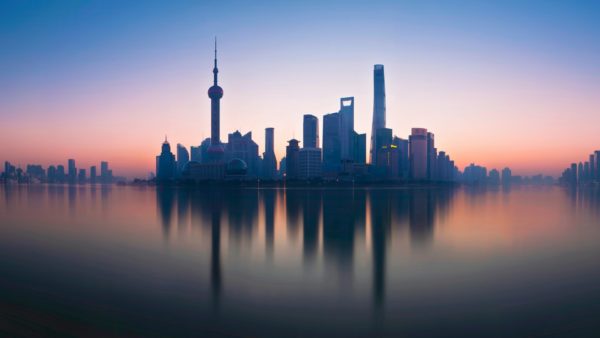
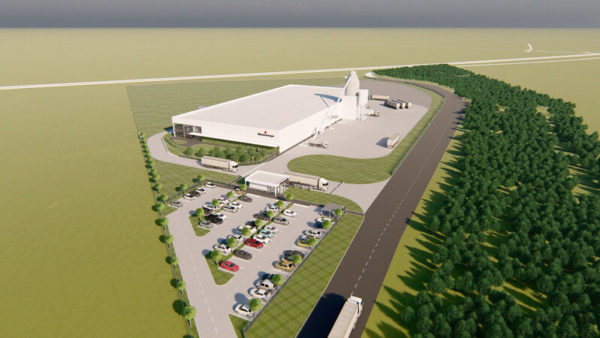
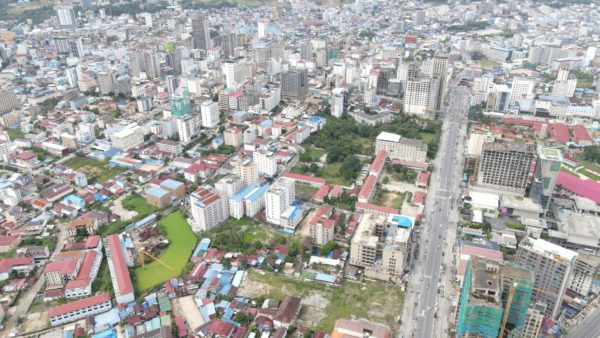

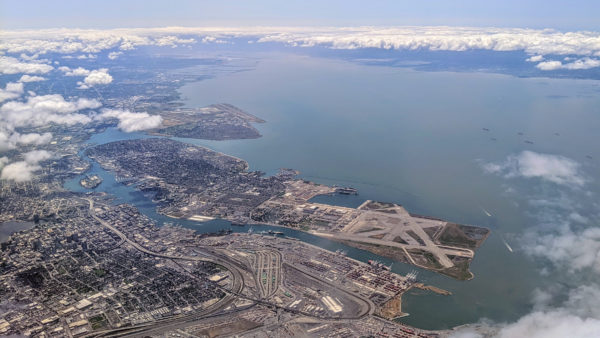
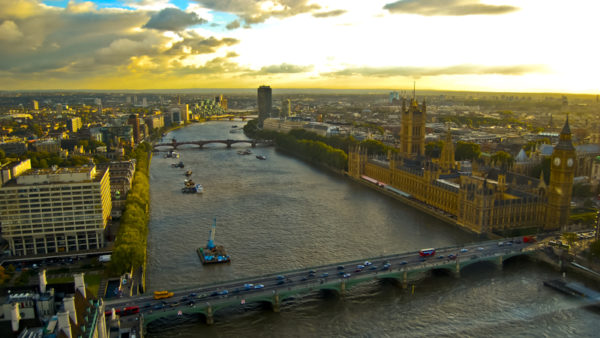
So What
Beats me as a retired architect why people build ever taller buildings at ever greater expense in areas where they are not necessary. Only where there is ever greater commercial activity and severe shortages of ground area do they become financially sound propositions